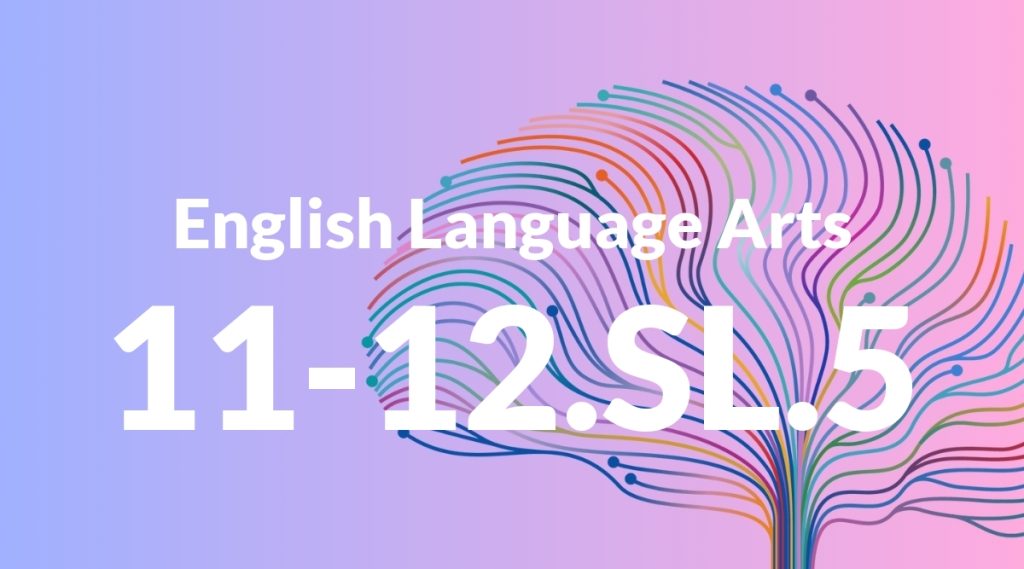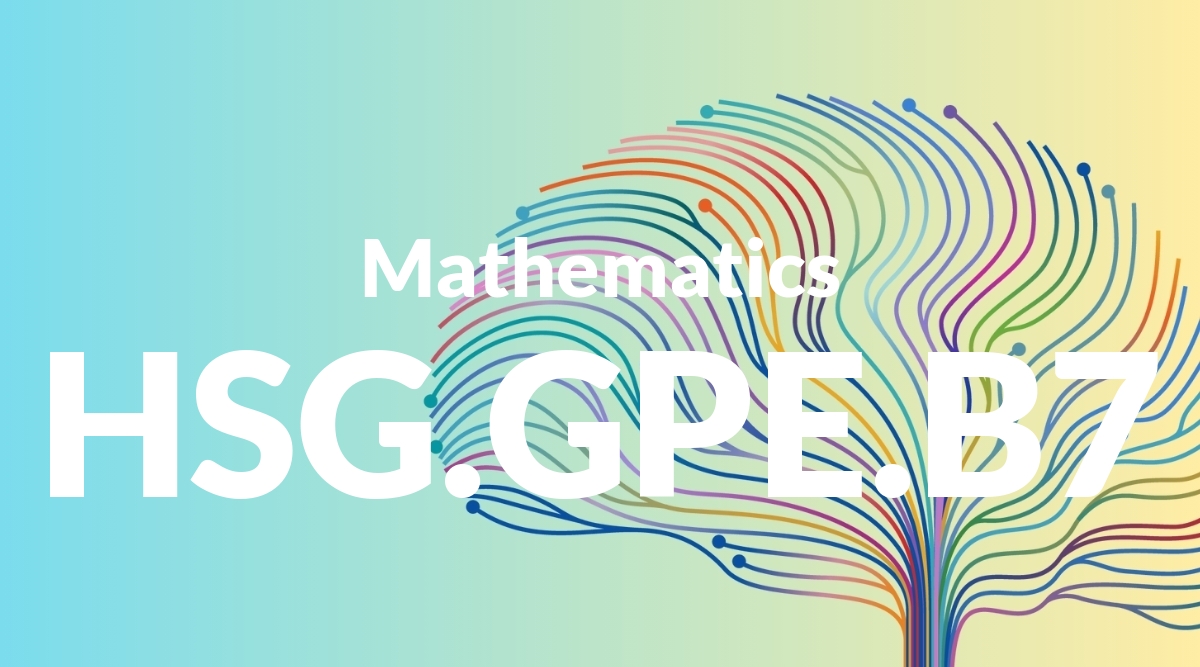Standard: 11-12.SL.5 – Make strategic use of digital media (e.g., textual, graphical, audio, visual, and interactive elements) in presentations to enhance understanding of findings, reasoning, and evidence and to add interest.
Grade level: Grade 11-12
Subject: English Language Arts
Domain: Speaking & Listening
Teacher Overview
This standard emphasizes the strategic use of digital media to enhance presentations. It is crucial for students to learn how to effectively integrate various forms of media to support their arguments and engage their audience. Mastery of this standard will prepare students for both academic and professional communication. Students should be comfortable with basic digital tools and have experience in creating and interpreting multimedia content.
After mastering this standard, students will be able to create sophisticated, multimedia-rich presentations that effectively communicate their findings and engage their audience.
Common Misconception 1
One common misconception is that any use of digital media will enhance a presentation. This is incorrect because not all media is relevant or effective in supporting the message.
Intervention 1
Provide examples of both effective and ineffective uses of digital media, and have students analyze why certain media choices work better than others.
Common Misconception 2
Another misconception is that more digital media is always better. This is incorrect because too much media can overwhelm the audience and detract from the main message.
Intervention 2
Teach students to prioritize quality over quantity by selecting a few impactful media elements that directly support their key points.
Prerequisite Knowledge
Students should have basic proficiency in using digital tools and media, an understanding of how to create and interpret multimedia content, and experience with presenting information verbally.
Subsequent Knowledge
Students will develop advanced skills in multimedia communication, critical thinking about media sources, and the ability to create compelling, evidence-based presentations in academic and professional settings.
Instructional Activities
- Analyze examples of effective and ineffective multimedia presentations.
- Create a presentation using a variety of digital media elements.
- Peer review and provide feedback on multimedia presentations.
- Conduct a workshop on using specific digital tools for presentations.




